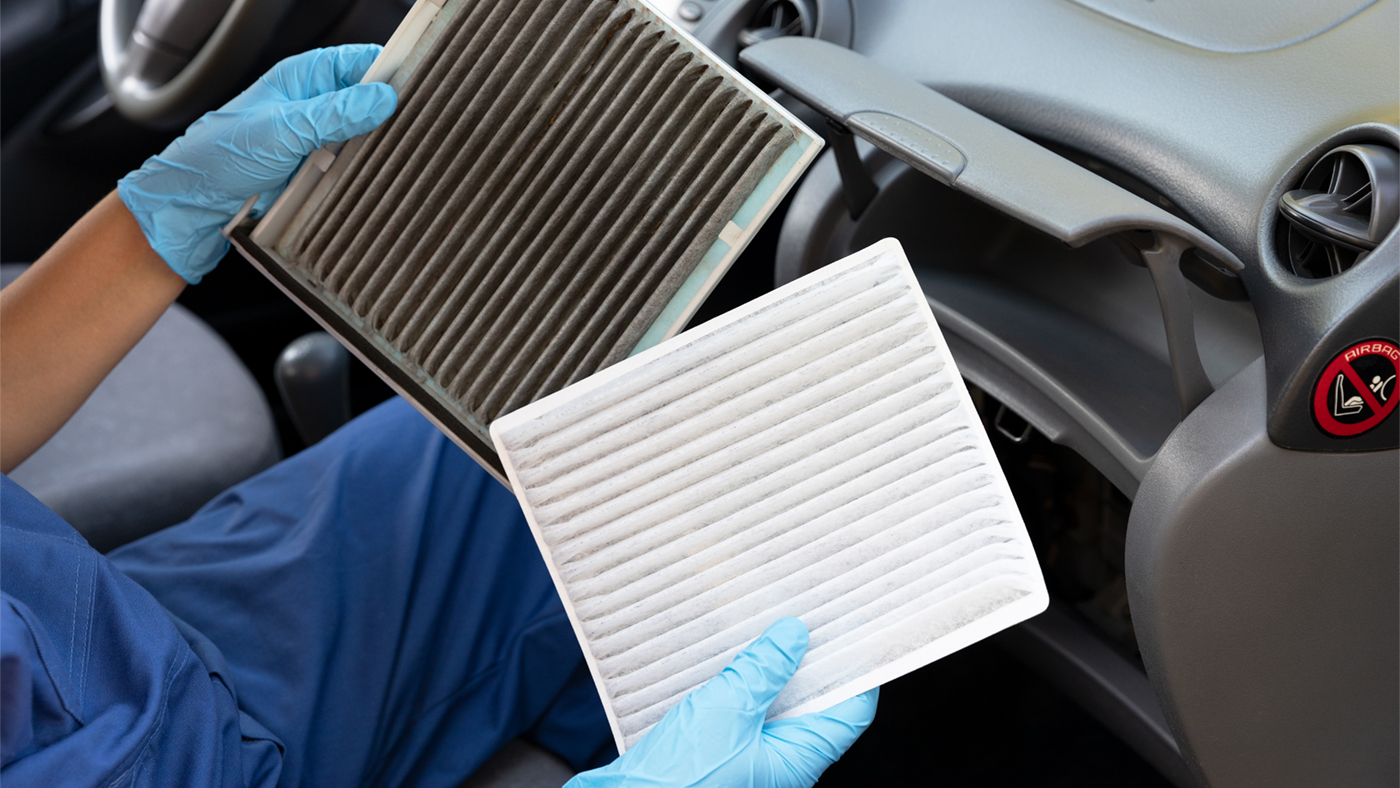How easy is it to inspect a cabin air filter?
That all depends on the location of the filter, which is determined by the model of car you drive. Often the air filter is located behind the car’s glove compartment and is reachable by unfastening the glove compartment from the dashboard. Other possible locations—such as further under the dashboard or under the hood near the base of the windshield—may be harder to get to. If your cabin air filter can be reached easily, your owner’s manual will show its location and how to remove it for inspection or replacement. Remember that AAA Members save 10% and earn NAPA Rewards points on most auto parts and accessories at NAPA.

